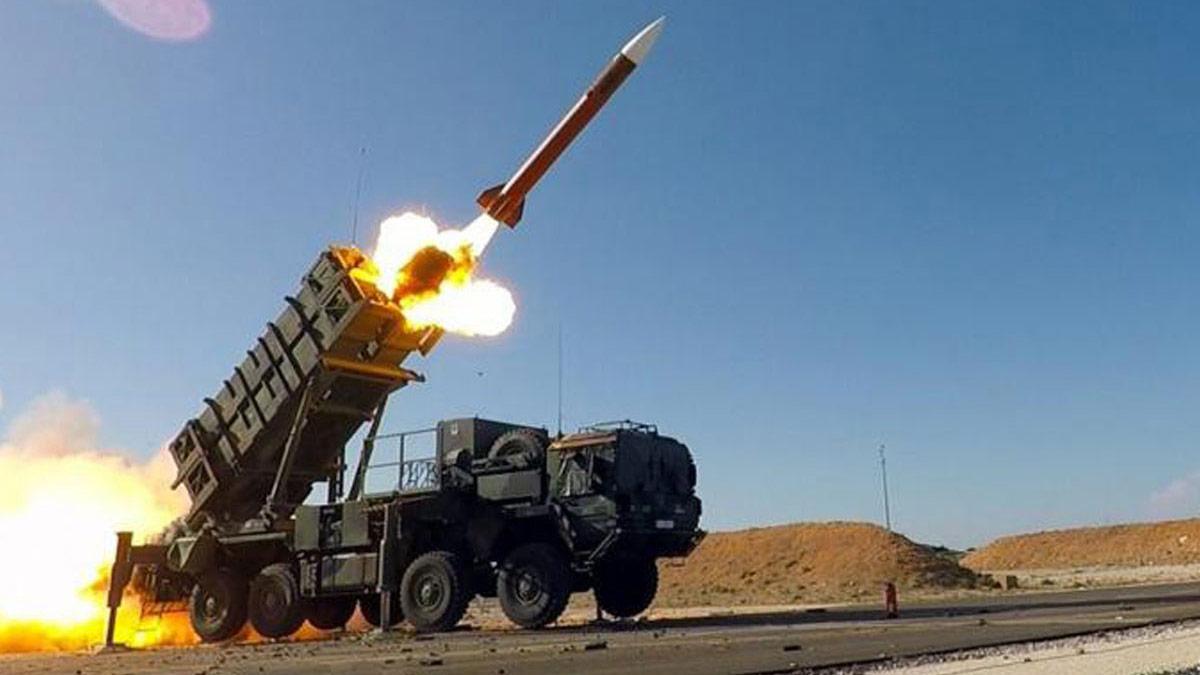It was only a couple of months back that the foreign institutional investors (FIIs) returned with their money bags to India but are now flying out.
This is despite the Indian economy growing as compared to other economies and the corporate sector also posting good results.
The FIIs, though, are more bonded with the US bond market and when the interest rates go up they will take their money there, experts had told IANS earlier.
And that is precisely what is happening now. Tanvi Kanchan, Head of Corporate Strategy, Anand Rathi Shares and Stock Brokers, explains to IANS why this is happening. Excerpts from an interview.
Q. Compared to all other economies, the Indian economy is performing better. But the FIIs are now taking out their money. Why?
A. The US 10-year bond yields surged to a 16 year high on Thursday, causing volatility in the equity market across the globe, adding to the jitters over the escalation of the West Asia conflict. The US 10-year treasury yield touched 4.98%, the highest since 2007. The jump in yield was also due to expectations of the US Federal keeping interest rates on restrictive levels to help tackle and cool off inflation numbers. With the interest rate differential between the US and India narrowing further, we witnessed a considerable outflow of FII’s from Indian equities.
With the rise in the US treasury yield, the direct impact on the Indian markets would be in terms of increase of cost of borrowings along with the debt servicing cost.
However, that said, the government’s borrowing plan is as per target and the increase in tax collection provides a cushion for any fiscal slippages we may witness in the short term.
Looking at the top 20 equity markets of the world by market capitalization the performance of Indian equities between 2000 and 2023 in US dollar terms, on an average, has been second only to Brazil for the investment horizon of one year.
For other time horizons including 3 – 5, 10 -15 and 20-year time horizons, Indian equity has been the best performer among all the peers.
Also, during the same time horizon, India has made a rapid transformation in almost all spheres including economic progress, infrastructure development, institutional strengthening, external sector health, and progress in science and technology.
With such multidimensional transformation, the outlook for Indian equities for the next couple of decades also looks promising. The majority of the available indicators point to a healthy growth expectation for the Indian economy.
Q. How much FII money has come in and how much went out in the recent time?
For 19th Oct ’23, FII’s were net negative to the tune of Rs.1,093.47 crore while the domestic investors continued to stay invested and were net positive to the tune of Rs.736.15 crore.
For the month of September 2023, FIIs sold shares worth Rs. 18,893.9 crore, while domestic institutional investors (DII) bought shares worth net Rs. 17,561.16 crore. In the month of August, FIIs offloaded shares worth net Rs. 20,620.65 crore while DIIs added equities worth net Rs. 25.16.95 crore.
This data shows DII buying helps the market to perform even when the FIIs are selling.
The market dependency on FII buying is reducing gradually as DIIs and retail investors have increased their investment in the market.
Q. How much of the FII outflow has been compensated by infusions by domestic financial institutions and mutual funds. Do you see domestic institutions exiting/booking profits now?
Even as global headwinds have triggered FII selling, the valuation of some segments in Indian markets has become attractive, especially tech and new-age stocks. The DII’s have been net buyers and continue to have their allocation in Indian equity, looking at the long-term sticky book via SIP, with a record 3.7 million gross addition in the month ending September ’23, taking the SIP tally to 71.3 million.
Q. Which are the stocks in which FIIs are still investing and have stayed invested?
A. Six stocks witnessed a rise in FII holdings ranging from 5% to 41% during Q2 FY24 (September 2023 quarter). These include Five-Star Business Finance, HDFC Bank, GMM Pfaudler, Patanjali Foods, Amber Enterprises, and Birlasoft.
Five-Star Business Finance witnessed a notable surge in FII holdings, reaching an all-time high of 50.2% during the September quarter. FIIs held an 8.7% stake in the company during the preceding June quarter. In contrast, general shareholders trimmed their holdings in the company to 11% in Q2 FY24 from 52.2% in Q1 FY24.
Among the other stocks FIIs were bullish on in the last quarter was HDFC Bank. In Q2 FY24, FIIs increased their holdings in the bank to 52.1% from 33.4% in Q1 FY24. DIIs, on the other hand, own a 30.6% stake in the bank as of Q2 FY24.
Q. On the sectors that are performing well and why.
A. We have a positive view about the revival of rural demand which is likely to positively impact consumer-oriented sectors and expect greater earnings traction for mid and small cap companies versus the large cap companies. Consequently, we think that the upside for mid and small cap companies is likely to be greater than large cap companies. Alternatively we are positive on manufacturing, FMCG, revival in travel and tourism.
ALSO READ | Markets have turned bearish with key supports under pressure
ALSO READ | India story intact but broader markets may move sideways for rest of FY24


















